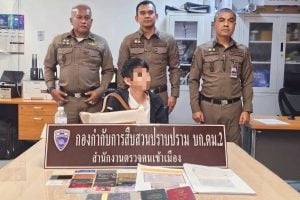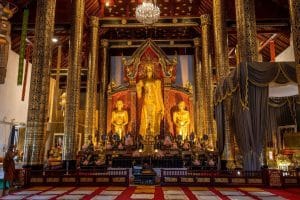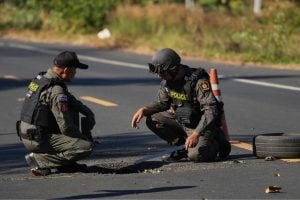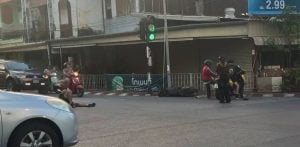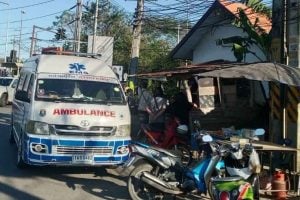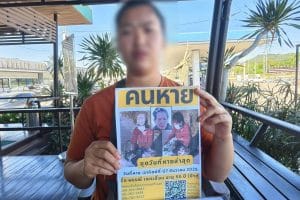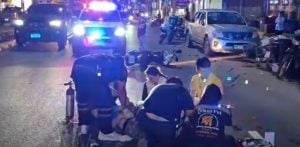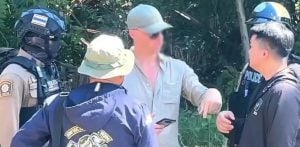3,000 Burmese “still missing’ in Phang Nga alone

PHUKET: One month after the tsunami, more than 3,000 Burmese workers in Phang Nga are still unaccounted for, a seminar was told yesterday.
The meeting, arranged by the International Labor Organization (ILO) and the international NGO, the Friedrich-Ebert-Stiftung (FES), heard that many Burmese are still hiding atop hills and in rubber plantations in the province – often in bad conditions – too scared to seek help from the authorities in case they are deported back to Burma.
FES Coordinator Benjapol Sookhoom said researchers had interviewed more than 100 migrants in districts such as Khao Lak, Baan Koh Khor Khao and Baan Nam Khem – where Burmese people had been employed on construction sites or on fishing boats – between January 15 and 29.
“We asked them about their relatives and close friends they had been in contact with before the disaster occurred,” said K. Benjapol.
“After gathering the data, we calculated that around 3,000 Burmese labourers are still missing [in Phang Nga].
“We intend to present this information to the government in Bangkok and ask for its help in resolving the problem.”
The ILO’s director in East Asia, Christine Evans-Klock, said the seminar – at the Thavorn Grand Plaza hotel in Phuket City – should be the first step toward international organisations working together to improve conditions for the laborers and others like them.
She said, “These migrants have problems communicating with local people so they have little chance of getting other organizations to help them.”
Priorities for the government, according to K. Benjapol, are to make contact with the migrants and offer them food and medical help – as well as help in replacing work permits and other documents lost in the tsunami.
Said K. Benjapol: “I have met survivors with injured arms, who cannot get medical treatment because they have no money. At least one woman survivor has given birth alone, without medical assistance.
“The government should get help to them rapidly, to prevent other problems developing.”
He said the researchers had learned that many Burmese were killed on the boats on which they worked. Between 30 and 50 of them would work on one vessel and many of these were moored near the shoreline at Baan Nam Khem – ironically, because it was considered unlucky to take to the seas when the moon was full – when the tsunami struck.
According to government figures, 500 large fishing boats in Phang Nga were destroyed, many in the Baan Nam Khem area
K. Benjapol said that the situation further north, in Ranong, was still being researched.
Latest Thailand News
Follow The Thaiger on Google News:
